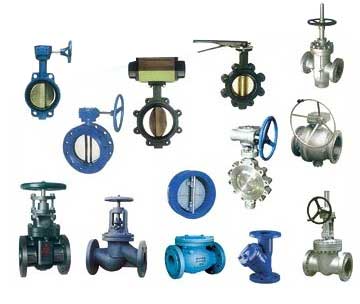The safety valve is a device that is linked mostly with the safety components and the safety systems in industrial pipeline systems and storage tanks. This is a device that works to reduce the sudden gusts of high pressure of a fluid.

The main objective of these valves within the pipelines is to provide an easy outlet for highly pressurized gas. This way the highly pressurized gas or the vapor of a boiling liquid gats out from the systems without causing any damage.
You can understand that when the pressure exceeds what the storage tanks and pipes exceed what may happen.
Without a thermal relief valve, the piping systems and the storage tanks may easily burst or rupture or crack open due to the excess pressure of the gas.
This surely as expected can cause huge monetary losses for different industries.
How does a safety valve work?
If you are looking for the simplest definition of how a relief valve works then here it is…
A relief valve has got pressure sensors or a pressure releasing component that is operated manually or automated.
This device controls the pressure within the pipe or tank.
When the pressure within the storage tanks exceeds suddenly this causes the pressure to go past a threshold pressure that is already inputted within the system.
With this, the outlet pipe or the nozzle opens up and the highly pressurized gas from the chamber is easily evacuated without causing further damage.
Basic components of a relief valve-
As told above the safety valve contains three basic components within it that work in tandem to provide an easier outlet for highly pressurized gas inside.

These components are-
A poppet valve that is also called a pressure reducing component
There is a loading element that is necessary for applying the necessary force on the piston or the spring
The sensors which are also the diaphragm or a piston
Are there any varieties within the pressure regulators?
Yes, within the pressure regulators of a thermal relief valve you will find two basic varieties and these are-
The directly operated ones or the self-operated ones and the pilot-operated ones.


